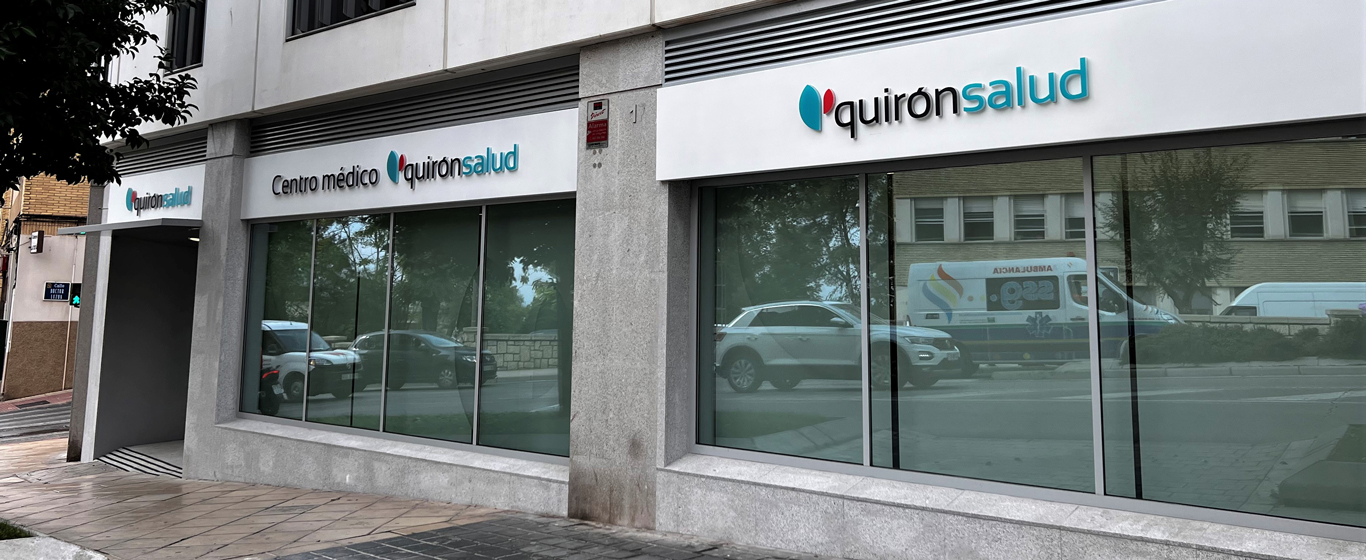Raynaud’s Phenomenon
Why does Raynaud’s phenomenon occur? Everything you need to know about the causes, symptoms, and treatments for this condition.
Symptoms and Causes
Raynaud’s phenomenon, syndrome, or disease is a rare disorder affecting the blood vessels in the fingers and toes, causing them to constrict excessively in response to cold, vibrations, or stress. In some cases, it can also affect the nose, tongue, ears, or nipples.
There are two types of Raynaud’s phenomenon:
- Primary Raynaud’s phenomenon: Not associated with any underlying condition. It is the most common form.
- Secondary Raynaud’s phenomenon: Triggered by another disease, usually autoimmune or inflammatory. It tends to be more severe.
Primary Raynaud’s phenomenon is more common in young women, particularly in colder climates. It is not a disabling disease but can significantly impact quality of life.
Symptoms
Raynaud’s phenomenon symptoms appear episodically when triggered, occurring in flare-ups that typically last about 15 minutes but can persist for hours. They are always reversible and rarely cause serious damage:
- Cold sensation in the affected area.
- Skin color changes: As blood flow decreases, the skin turns white, then blue. When circulation is restored, it becomes red or purple.
- Swelling and tingling sensations during the episode. When circulation returns, there may be pain or prickling.
- In severe cases, ulcers or sores on the skin.
Causes
Raynaud’s phenomenon symptoms result from a vasospasm—a narrowing or contraction of blood vessels in response to triggers—which restricts blood flow and reduces oxygen delivery to tissues. The exact reason for this reaction remains unclear.
Risk Factors
Risk factors for Raynaud’s phenomenon include:
- Sex: More common in women than in men.
- Age: Typically appears between ages 15 and 30. Pediatric cases are rare, with an average onset at 9 years old.
- Climate: More prevalent in people living in cold regions.
- Family history.
- Presence of certain diseases: Scleroderma, lupus, arterial disorders, rheumatoid arthritis, or Sjögren’s syndrome.
- Activities involving constant vibrations, such as using drills, typing, or playing the piano.
- Smoking: Narrows blood vessels.
- Medications affecting blood vessels, such as beta-blockers.
Complications
In severe cases—usually with secondary Raynaud’s phenomenon—reduced blood flow can completely block an artery, leading to tissue damage. This may result in ulcers, sores, or, in extreme cases, tissue death (gangrene).
Prevention
To prevent Raynaud’s phenomenon symptoms, it is essential to:
- Protect yourself adequately from the cold.
- Manage stress levels.
- Avoid smoking.
What Specialist Treats Raynaud’s Phenomenon?
Raynaud’s phenomenon is diagnosed and treated by specialists in rheumatology, pediatric rheumatology, and cardiovascular medicine.
Diagnosis
There is no specific test to confirm Raynaud’s phenomenon. Diagnosis is based on symptom observation and tests to detect underlying conditions associated with secondary Raynaud’s:
- Capillaroscopy: A microscopic examination of the skin at the nail base to identify vascular abnormalities. This test helps rule out or confirm scleroderma.
- Antinuclear antibody test: The presence of these antibodies in a blood sample indicates an autoimmune disorder.
- Erythrocyte sedimentation rate or C-reactive protein test: Elevated levels indicate an inflammatory or autoimmune disease.
Treatment
Treatment focuses on reducing flare-ups and preventing tissue damage:
- Lifestyle modifications: In mild cases of primary Raynaud’s phenomenon, avoiding triggers through warm clothing, relaxation techniques, and quitting smoking may be sufficient.
- Vasodilator medications: Help relax blood vessels and improve circulation.
- Calcium channel blockers or angiotensin receptor blockers: Calcium and angiotensin cause blood vessel constriction; these medications help relax and widen them.
- Sympathectomy: A surgical procedure to remove nerves that control blood vessel dilation and contraction.
- Botox injections: Botulinum toxin or other anesthetic drugs block nerve signals in the affected area.
- In severe ulcer cases, antibiotics, pain relievers, or even surgery may be necessary to remove necrotic tissue.





